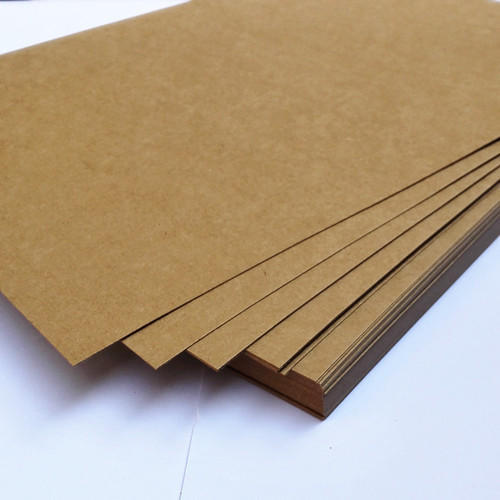Project Report For Cardboard Manufacturing
Introduction
Project report for Cardboard Manufacturing is as follows.
Paper and cardboard are made from cellulose, a rare and valuable resource. Cellulose is derived from plants and trees that have been properly cultivated.
The primary reasons for using paper and cardboard in manufacturing are their ease of processing, low cost of conveyance, and resistance. It is possible to create an unlimited number of cardboard packages using a variety of cartons of varying grades and volumes.
Paper is the basic material for carton-based goods. Additionally, it is simple to handle the paper like cardboard. Among the many papers created today, packing papers come in a variety of forms.
Project Report Sample On
Cardboard Manufacturing
Get Completely Custom Bankable Project Report
Paper and cardboard cartons are one of the most cost-effective packaging solutions. Due to recent technical advancements, it is now possible to make more sturdy, thinner, lighter, and cheaper cardboard using fewer raw materials.
Paper and cardboard materials are useful in the packaging business due to their ease of manufacture and cost benefits. Paper and cardboard are cheaper than alternative packing materials.
The product is biodegradable and recyclable and has a negligible environmental effect. Their eco-friendliness is predicted to improve their popularity over alternatives such as plastics and polymers.

When not in use, cardboards may be readily folded and stacked, taking up less room. Additionally, they do not react chemically with food or drinks, as metal containers do. Corrugated cardboard boxes are lightweight and very easy to load and unload. All of these favourable elements are likely to contribute considerably to the industry’s overall development.
Businesses profit from the reduced transportation costs associated with their lightweight. The primary challenge to the cardboard packaging sector is the rise of replacements. Buyers may choose from a wide array of containers, including those made of plastic, metal, and glass. Tin packaging utilisation has increased significantly in the United States, resulting in a fall in product applications.
Market Potential Of Cardboard Manufacturing
The worldwide cardboard box and container market is predicted to expand steadily throughout the forecast period, owing to the advancement of the food and beverage industries. In 2014, the worldwide sector generated around USD 500 billion in sales. Increased online sales are also projected to fuel the cardboard packaging industry’s growth in the foreseeable future.
Cardboard boxes and containers are made-to-order boxes that are mostly used to package items. Packaging is used in a variety of end-use sectors, including food and beverage production, home electronic appliance manufacture, cigarette manufacturing, and medical instrument manufacturing.
Marketers make effective use of cartons by including eye-catching images into the packaging. Cardboards are excellent for printing and graphic storage. As a result, businesses put their logo, company name, and other promotional features on their packaging in order to attract consumers.
Cardboard containers are the least expensive kind of packaging, which assists in lowering the end product price via bundling, which is projected to enhance their demand for packaging purposes in medical equipment, food & drinks, and domestic electrical appliances.
